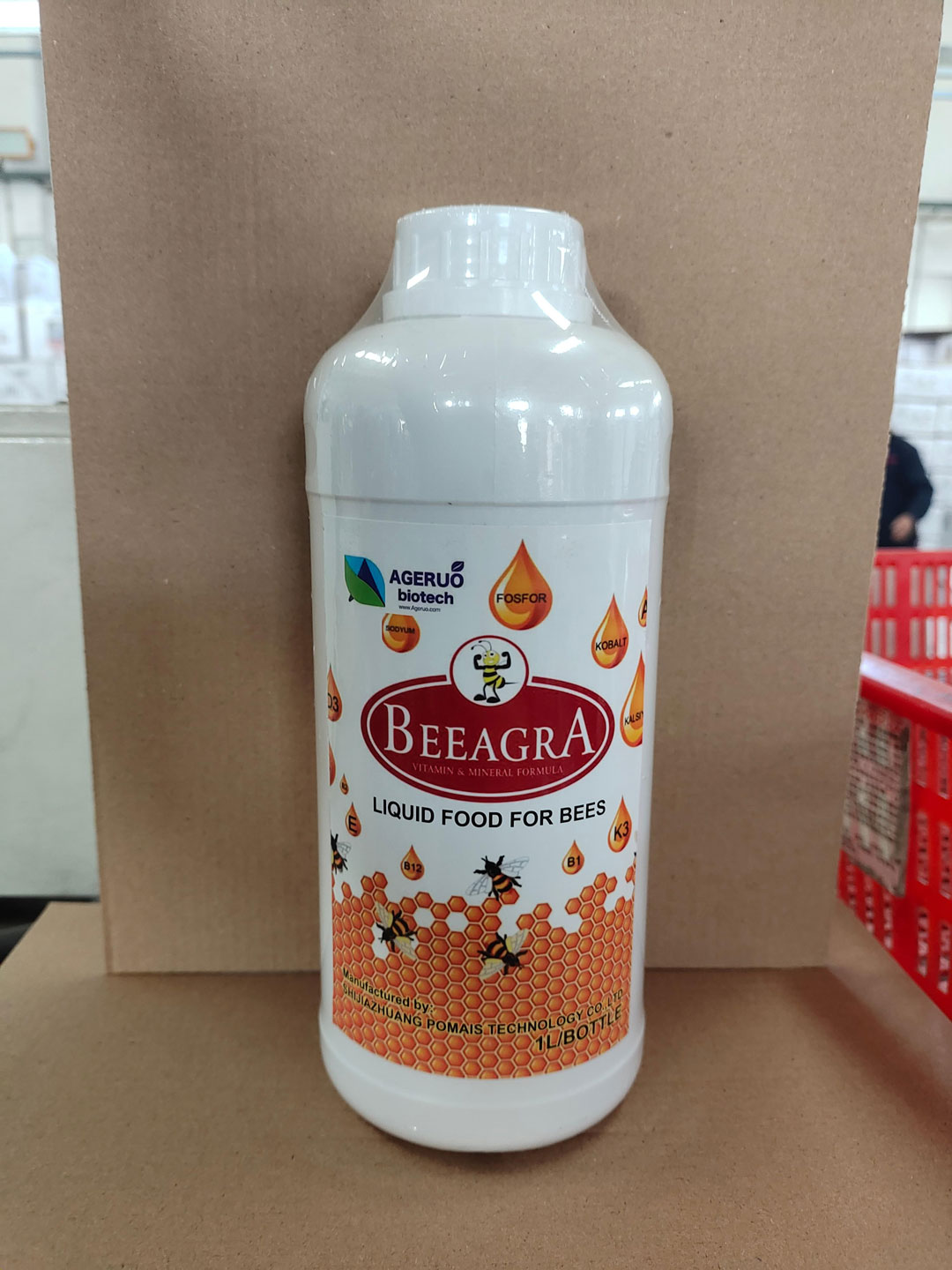Amitraz is a trusted acaricide and insecticide for sugarcane growers, helping control mites and sap-sucking pests effectively when used with the right timing, dosage, and integrated pest management practices—ensuring healthy yields, residue compliance, and sustainable farm operations.
Amitraz in Sugarcane: Why It Matters for Pest Management
In sugarcane production, controlling sap-sucking and mite pests is critical for protecting cane yield and sugar quality. Amitraz, a well-known formamidine insecticide and acaricide, plays an important role in integrated pest management (IPM) programs for sugarcane growers, especially in regions facing persistent problems with spider mites, scale insects, or leafhoppers.
Amitraz works by targeting the pests’ nervous system, providing reliable knockdown action with minimal phytotoxicity when used correctly. By helping growers reduce yield loss, manage pest resistance, and maintain cane quality for processing, Amitraz remains a trusted tool for both smallholders and large estates.
However, its effectiveness depends on proper application timing, dosage, and safety practices, all of which need to align with local regulatory standards and maximum residue limits (MRLs) for domestic and export markets.
In this guide, you’ll learn how Amitraz works in sugarcane, the pests it controls, best practices for safe use, and what to consider when sourcing quality products for reliable, sustainable pest management.
Key Pests Controlled by Amitraz in Sugarcane
Amitraz is especially valued in sugarcane because it targets sap-sucking and mite pests that can be difficult to manage with other insecticides alone. These pests weaken the cane’s photosynthetic capacity, reduce sugar content, and open the door to secondary infections.
Common sugarcane pests controlled by Amitraz include:
-
Spider mites (Oligonychus spp.) – These tiny pests feed on leaf sap, causing chlorosis, leaf drying, and reduced stalk weight.
-
Scale insects – By clustering on leaf sheaths and stalks, they stunt cane growth and secrete honeydew, which promotes sooty mold.
-
Leafhoppers and whiteflies – Although Amitraz is primarily an acaricide, it also suppresses certain populations of sap-sucking insects when integrated with other control measures.
When used as part of an IPM strategy, Amitraz can reduce pest numbers quickly, limit crop stress during critical growth phases, and help prevent resistance build-up when rotated with other active ingredients.
However, effective control depends on accurate pest monitoring. Regular field scouting allows growers to time applications when pest populations reach economic thresholds—ensuring better results and more sustainable use of chemicals.
Recommended Application Timing and Dosage
To get the best results from Amitraz in sugarcane fields, timing and dosage must be tailored to local pest pressure and crop stage. For mite control, applications are typically recommended during the early infestation period, before populations reach peak levels that can cause irreversible leaf damage.
Best practices include:
-
Apply Amitraz when pest counts approach economic threshold levels based on regular field scouting.
-
Use a recommended concentration—commonly between 200 to 400 mL per hectare, depending on the formulation strength and label directions.
-
Ensure thorough spray coverage of the lower and underside of leaves, where mites and scale insects often hide.
Amitraz is often used in tank mixes with other insecticides or adjuvants for broader pest suppression, but always check compatibility and avoid mixes that may reduce its efficacy.
It’s equally important to respect pre-harvest intervals (PHIs) and maximum residue limits (MRLs). Following label directions helps growers stay compliant with both domestic and export residue standards—protecting not only crop safety but also market access.
Proper timing and responsible rates ensure that Amitraz works as an effective part of your integrated pest management (IPM) program while minimizing the risk of pest resistance and phytotoxicity.
Safety, Worker Protection, and Environmental Care
While Amitraz is effective and relatively selective, it’s still essential to handle and apply it with care to protect workers, nearby ecosystems, and downstream supply chains. Because Amitraz works on the nervous system of pests, improper exposure can pose risks to applicators and non-target organisms if label guidelines aren’t strictly followed.
Here are some key safety measures every sugarcane grower should keep in mind:
-
Wear personal protective equipment (PPE) such as gloves, long-sleeved clothing, and masks when mixing and spraying.
-
Apply treatments in calm weather conditions to reduce spray drift onto non-target areas and beneficial insects.
-
Keep livestock and workers away from treated fields until the re-entry interval (REI) on the label has passed.
-
Avoid contamination of nearby water bodies by observing recommended buffer zones and careful cleaning of equipment.
-
Store Amitraz securely, away from feed, seeds, and children’s access.
Responsible pesticide use also means avoiding over-application. Excessive use not only increases residue risks but may contribute to local resistance, making future pest control more difficult and costly.
By respecting worker safety protocols and local environmental regulations, sugarcane growers can make the most of Amitraz’s benefits without compromising farm sustainability or the well-being of surrounding communities.
Conclusion: Why Choose Amitraz for Sugarcane Pest Control
Amitraz remains a reliable choice for sugarcane growers who need an effective tool to manage mites, scale insects, and other sap-sucking pests that threaten crop yield and sugar quality. When integrated into a well-planned IPM strategy, it helps maintain healthy cane stands, reduce pest damage, and safeguard production consistency for both domestic processing and export markets.
However, its true value depends on responsible use. From correct pest monitoring and economic threshold-based timing, to safe handling practices and residue management, each step plays a part in maximizing Amitraz’s benefits while minimizing potential risks.
Choosing a trusted supply partner is equally important. Working with reputable manufacturers or distributors ensures you get quality formulations, up-to-date safety data sheets (SDS), and technical guidance to meet local regulations and market requirements.
In today’s competitive sugar industry, every advantage counts. With the right knowledge and practices, Amitraz helps you protect your fields, your workers, and your bottom line—today and for seasons to come.
Post time: Jul-07-2025








